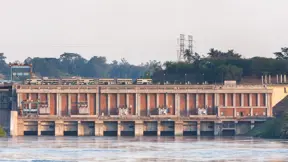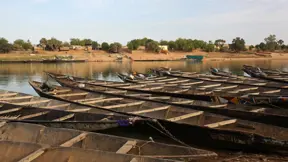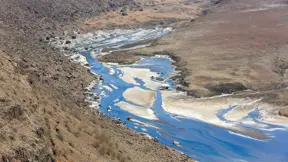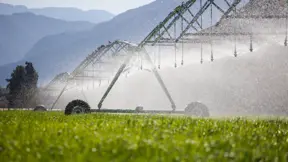Share water for a sustainable future
The world's population is rapidly increasing, posing a significant challenge to our current methods of sharing water resources. In addition, we are faced with increasing uncertainty associated with the changing climate, which, combined with our growing population, exposes our communities to new natural hazards and elevated risks. Adopting an integrated water resources management approach can help us adapt to these challenges and ensure a more sustainable future.
Achieve informed water management
Planners and decision-makers face the challenging task of implementing integrated water resources management (IWRM) strategies that balance the need to share water with communities against the need to protect precious water resources and the ecosystems that depend on them. The good news is that consensus in adapting our current water-sharing arrangements can be achieved through the effective communication of data-backed insights with key stakeholders as well as efficient operations and planning with proven digital technologies.
Bridge the gap between risk and action
DHI enables river basin communities to develop climate resilience by designing and implementing science-based tools that integrate planning and management of floods, droughts, scarcity, quality and ecosystem protection of water environments.
We provide services and solutions to analyse, forecast and communicate hydro environmental behaviour of water resources systems for the purposes of planning and operating engineered infrastructure in a sustainable manner.
Discover more
See how we can help you in river and flood risk management, groundwater management, irrigation, hydropower and geothermal energy.





